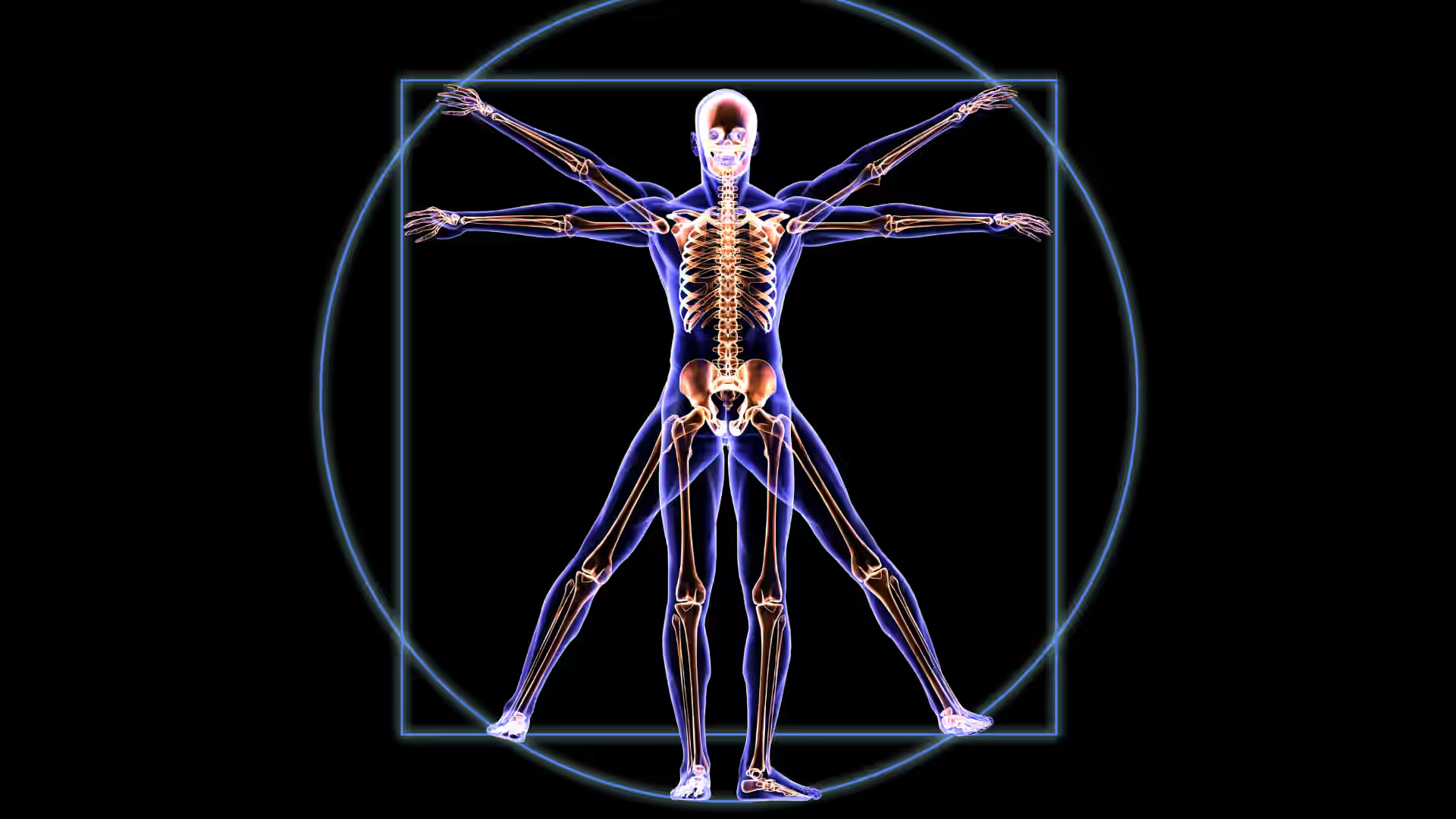The digestive system, which spans 30 feet from mouth to anus, is a network of organs, glands, muscles, and nerves that transforms the food we eat into fuel and building blocks. When functioning optimally, it operates almost invisibly. But when disrupted, it can lead to a spectrum of health concerns, from mild discomfort to life-threatening conditions.
This article offers a comprehensive overview of the anatomy and physiology of the digestive system, as well as insight into common gastrointestinal disorders and their treatments—so you can better understand and support your gut.
[signup]
Anatomy of the Digestive System
The digestive system consists of the gastrointestinal (GI) tract, liver, pancreas, and gallbladder. It functions to break food down into parts small enough to be absorbed and then eliminate waste products through the stool.
The Gastrointestinal (GI) Tract
The GI tract is the the long, hollow tube that extends from the mouth to the anus.
Mouth and Oral Cavity
The GI tract begins in the mouth, where digestion begins as you chew your food. Digestive enzymes in the saliva begin to break down carbohydrates.
Esophagus
When you swallow, your tongue pushes food from the mouth into the esophagus. Involuntary and rhythmic muscle contractions, called peristalsis, push the food through the esophagus and into the stomach.
Stomach
Food is mixed with acidic gastric juices, containing hydrochloric acid and other digestive enzymes, in the stomach. This produces a mixture called chyme as proteins are also broken down into smaller units.
Small Intestine
The small intestine—divided into the duodenum, jejunum, and ileum—is the longest section of the GI tract (measuring about 22 feet long) and where about 90% of nutrient absorption occurs. Its inner surface is lined with finger-like projections called microvilli that drastically increase the surface area for absorption.
Large Intestine
Undigested and unabsorbed food matter (now called feces) travels into the large intestine—a 6-foot-long tube divided into the cecum, colon, rectum, and anus.
Water and electrolytes are absorbed here. The large intestine also houses trillions of microbes (collectively called the gut microbiome), which break down the remainder of undigested food matter and make some nutrients, like vitamin K.
Peristalsis pushes feces through the colon and into the rectum, where it is stored and expelled through the anus.
Accessory Organs
Accessory organs are those that are involved in digestion but are not part of the GI tract.
Salivary Glands
The salivary glands are located in and around the mouth and throat. They produce saliva, which kills unwanted microbes, moistens food, facilitates swallowing, and begins the chemical breakdown of carbohydrates.
The three major pairs of salivary glands include:
- Parotid glands (located in front of and just below each ear)
- Submandibular glands (located beneath the lower jaw)
- Sublingual glands (located under the tongue)
Liver
The liver is a three-pound organ in the upper right abdomen under the ribcage. It is responsible for over 500 functions, but pertaining to digestion, it creates bile, which helps break down and absorb fats and fat-soluble vitamins in the small intestine.
Gallbladder
The gallbladder is a pear-shaped organ connected to and situated under the liver. It stores and releases bile into the small intestine when fat-containing food is present.
Pancreas
The exocrine portion of the pancreas is responsible for making and secreting digestive enzymes into the small intestine to aid digestive processes:
- Amylase breaks down carbohydrates
- Trypsin breaks down proteins
- Lipase breaks down fats
Pancreatic juices are also rich in bicarbonate, which neutralizes the stomach acid in chyme and activates digestive enzymes in the small intestine.
Physiology of Digestion
The mechanical and chemical components of digestion are tightly regulated through hormonal and neural signals.
Mechanical vs. Chemical Digestion
Mechanical digestion refers to the physical breakdown of food into smaller pieces without altering its chemical structure. This process begins in the mouth with chewing, which increases the surface area of food for enzymes to act upon. It continues with muscular movements such as peristalsis in the esophagus, stomach churning, and segmentation in the intestines that mix and propel food along the GI tract.
Chemical digestion involves the enzymatic breakdown of complex food molecules in the mouth, stomach, and small intestine into their biochemical building blocks:
- Carbohydrates are broken down into simple sugars
- Proteins are broken down into amino acids
- Fats are broken down into fatty acids and glycerol
Hormonal and Neural Control
The GI tract is the largest endocrine organ in the body. It makes and secretes over 20 different hormones from enteroendocrine cells (EECs) dispersed throughout the gut lining that regulate various aspects of digestion, including enzyme secretion, nutrient absorption, and gut motility.
For instance, cholecystokinin (CCK) is released from the small intestine in response to fats and proteins in the small intestine. It stimulates the release of pancreatic enzymes, modulates gallbladder contractions, and regulates gut motility.
The enteric nervous system (ENS), often called the "second brain," contains approximately 500 million neurons. It operates semi-autonomously, in concert with the central nervous system (CNS) and the autonomic nervous system (ANS), to regulate GI functions. The vagus nerve plays a crucial role in this regulation, mediating reflexes that control GI motility, secretion, and blood flow.
The integration of hormonal and neural signals ensures the efficient processing of ingested food. EECs release hormones in response to eating; these hormones then act on local ENS circuits and vagal pathways to coordinate digestive activities. This control system allows for the fine-tuning of digestive processes, optimizing nutrient absorption and maintaining energy homeostasis.
Digestive System Diseases
According to the National Institute of Diabetes and Digestive and Kidney Diseases (NIDDK), digestive diseases affect 60-70 million Americans.
Functional vs. Structural Disorders
Disorders of the digestive system fall into two main categories:
- Functional: GI structures appear normal, but symptoms persist (e.g., irritable bowel syndrome, functional dyspepsia)
- Structural: Evidence of an issue is present upon inspection (e.g., inflammatory bowel disease, hemorrhoids)
Common Digestive Diseases
Some of the most common GI disorders that gastroenterologists treat include:
Gastroesophageal Acid Reflux (GERD)
When food reaches the end of the esophagus, a ringlike muscle called the lower esophageal sphincter (LES) relaxes to let food pass into the stomach. This muscle band closes again to prevent food and stomach acid from traveling upwards into the esophagus.
GERD, the chronic backflow of stomach contents into the esophagus, occurs when the LES fails to close properly. This causes symptoms like:
- Heartburn
- Regurgitaiton
- Upper abdominal pain
- Indigestion
- Nausea
- Bloating
- Belching
- Chronic cough
Irritable Bowel Syndrome (IBS)
IBS is a functional GI disorder characterized by chronic abdominal pain/discomfort that is accompanied by altered bowel habits. It is classified into different types:
- IBS-Constipation (IBS-C): Bowel movements are infrequent and difficult to pass
- IBS-Diarrhea (IBS-D): Bowel movements are frequent, loose, or watery
- IBS-Mixed (IBS-M): Bowel habits alternate between constipation and diarrhea
- IBS-Unclassified (IBS-U): Bowel habits are irregular and don't neatly fit into one of the other IBS categories
Inflammatory Bowel Disease (IBD)
IBD is a group of chronic disorders characterized by persistent inflammation of the GI tract. The two main types of IBD are:
- Crohn's Disease: Inflammation extends through all layers of the intestinal wall and can affect any part of the GI tract. It presents with characteristic "skip lesions," which are patches of healthy tissue interspersed with inflamed areas.
- Ulcerative Colitis: Inflammation only affects the innermost lining of the colon, and it is limited to the colon and rectum.
Celiac Disease
Celiac disease is an autoimmune disorder in which the ingestion of gluten (a protein found in wheat, barley, and rye) triggers an immune response that damages the small intestine's lining. This damage impairs nutrient absorption and can lead to a range of symptoms, from diarrhea and abdominal pain to systemic issues like anemia, fatigue, and growth delays.
Constipation and Diarrhea
Constipation is a condition characterized by:
- Fewer than three bowel movements per week
- Hard, dry, or lumpy stools
- Stools that are difficult or painful to pass
- A feeling of incomplete bowel movements
Diarrhea is characterized by:
- Loose, watery stools
- Having three or more bowel movements daily
Irregular bowel habits can be caused by a variety of factors, such as:
- Lifestyle habits
- Food intolerances
- Infection
- Medications and supplements
- Underlying GI disease
Diverticulitis
Diverticula are small, bulging pouches that can form in the lining of the digestive tract, most commonly in the colon. These pouches are typically harmless and often go unnoticed—a condition known as diverticulosis.
Diverticulitis occurs when one or more of these pouches become inflamed or infected, leading to symptoms such as abdominal pain (often in the lower left side), fever, nausea, and changes in bowel habits.
Gastroenteritis
Gastroenteritis is the medical term for "stomach flu" or "food poisoning." It is characterized by acute symptoms like diarrhea, vomiting, abdominal pain, and fever, when the inner lining of the GI tract becomes inflamed due to a viral (e.g., norovirus) or bacterial (e.g., C. diff) infection.
Colorectal Cancer
Colorectal cancer is a malignant tumor that develops in the colon or rectum, often beginning as polyps—especially adenomatous types—that can gradually become cancerous over time. Symptoms may include changes in bowel habits, blood in the stool, abdominal pain, unexplained weight loss, and fatigue, though early stages often present no symptoms. Regular screenings, such as with colonoscopy, assist in the early detection and treatment of colorectal polyps and cancer.
Diagnosis and Tests
Doctors use a variety of diagnostic tests and imaging studies to assess digestive health and function.
Diagnostic Procedures
- Blood Tests: Blood work can reveal signs of inflammation, anemia, and infection. For example, a complete blood count (CBC) may show elevated white blood cell counts caused by acute infection or anemia caused by blood loss.
- Stool Tests: Stool samples can check for hidden (occult) blood, infections (such as bacteria or parasites), fat content (steatorrhea), or inflammation markers (like calprotectin), which can help differentiate between the different GI pathologies.
- Imaging Studies: X-rays, ultrasound, CT scans, and MRI all have value in visualizing the various structures of the GI tract and accessory organs to detect inflammation, tumors, or obstructions.
- Endoscopic Procedures: These involve inserting a flexible tube with a camera to directly visualize the inside of the GI tract. Esophagogastroduodenoscopy (EGD or upper endoscopy) examines the esophagus, stomach, and upper small intestine. Colonoscopy visualizes the colon and rectum. Sigmoidoscopy examines the lower part of the colon.
Red Flag Symptoms
Symptoms that should prompt immediate medical attention include:
- Blood in stool or vomit
- Difficulty or pain with swallowing
- Unexplained weight loss or fever
- Sudden onset of severe abdominal pain, especially when accompanied by fever
- Chronic abdominal pain and abnormal bowel habits
- GI symptoms that occur at night
- Fistulas (tunnels) or abscesses (pockets of infection) that occur around the anus
Treatment Options
Treatment options will depend on the underlying problem. Examples of common GI-focused treatment recommendations include:
Lifestyle Changes
- Eating fiber-rich foods
- Reducing intake of processed foods
- Increasing water intake
- Regular exercise
- Stress management
Medications
- Antacids
- Acid blockers, such as histamine 2 (H2) blockers and proton pump inhibitors (PPIs)
- Laxatives
- Antibiotics
- Anti-inflammatory drugs, such as steroids or aminosalicylates
Surgery
Surgical intervention in GI disease is typically considered when medical treatments are no longer effective, when complications arise, or when there is a need to remove or repair damaged tissue. Some of the most common indications include:
- Obstruction or severe narrowing of the GI tract
- Intestinal perforation
- Severe bleeding or infection
- Cancer
Preventing Digestive Diseases
You can support healthy digestive function and help prevent GI disease by following these tips:
- Eat an anti-inflammatory diet, such as the Mediterranean diet, that is rich in whole foods and limits ultraprocessed foods, added sugars, and salt.
- Incorporate prebiotic and probiotic foods into your diet to support a healthy microbiome.
- Limit alcohol and avoid smoking.
- Stay well hydrated by drinking plenty of water.
- Stay physically active and exercise regularly.
- Maintain a healthy weight.
- Manage stress.
- Practice mindful eating and safe food handling procedures.
Frequently Asked Questions (FAQs)
What is the digestive system's primary function?
It breaks down food into nutrients the body can absorb and eliminates waste.
What are common symptoms of digestive disorders?
Pain, bloating, constipation, diarrhea, heartburn, nausea, and changes in stool.
Can digestive diseases be prevented?
Yes. A balanced diet, hydration, regular activity, and timely screenings can help prevent many issues.
When should I see a gastroenterologist?
If you experience persistent symptoms, blood in stool, difficulty swallowing, or sudden weight loss.
Are probiotics helpful for digestion?
Yes, they can support healthy gut flora, which helps break down complex carbohydrates and fibers that humans cannot digest on their own.
[signup]
Key Takeaways
- The digestive system is a marvel of coordination and function, from nutrient digestion and absorption to waste elimination. But it's also vulnerable to many diseases that can significantly impact quality of life.
- Understanding how your digestive system works and how to care for it is one of the best ways to support lifelong health.
- Want to stay ahead of your gut health? Subscribe to our newsletter for more tips, expert Q&As, and free resources—or explore our related articles on IBS, acid reflux, and gut-friendly diets.





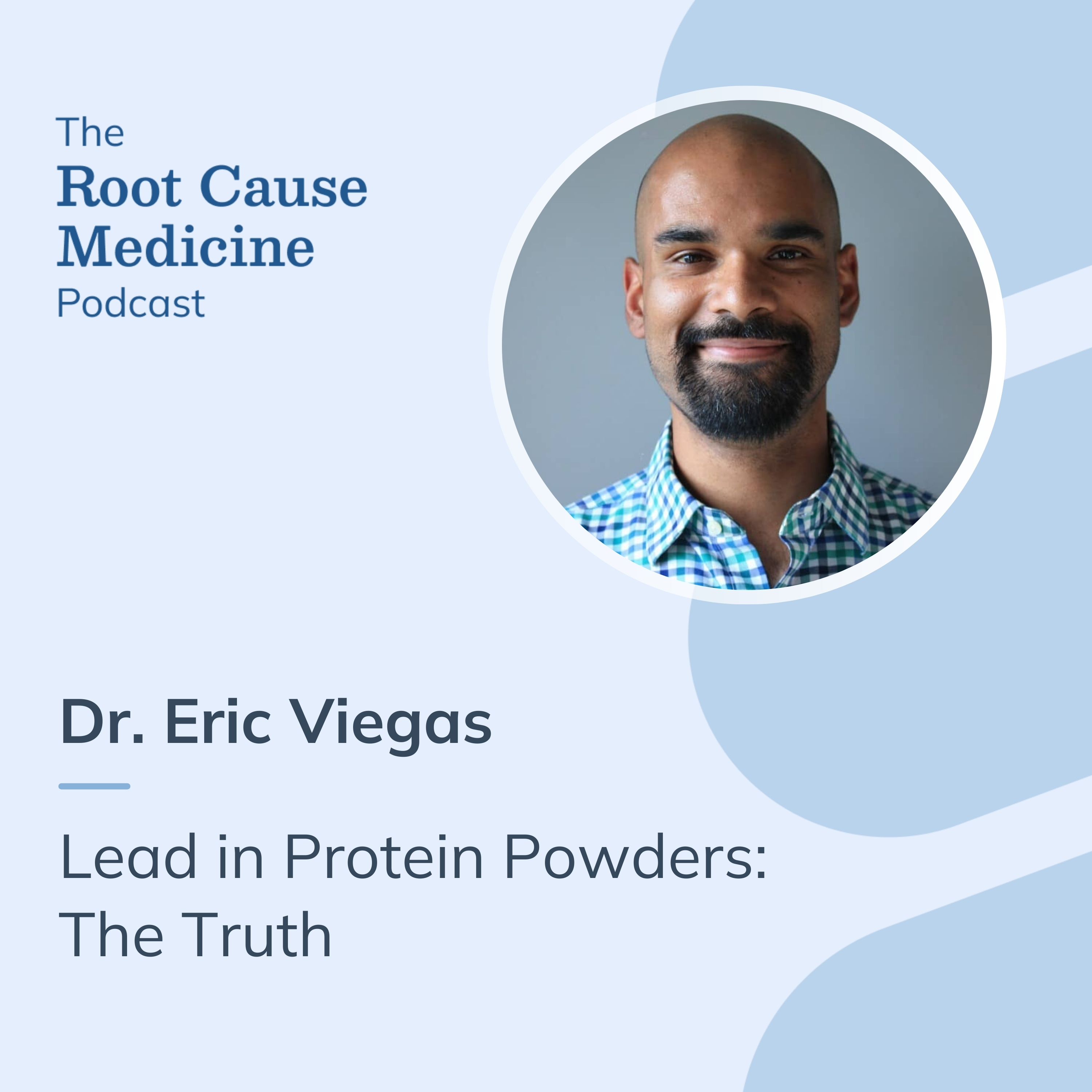

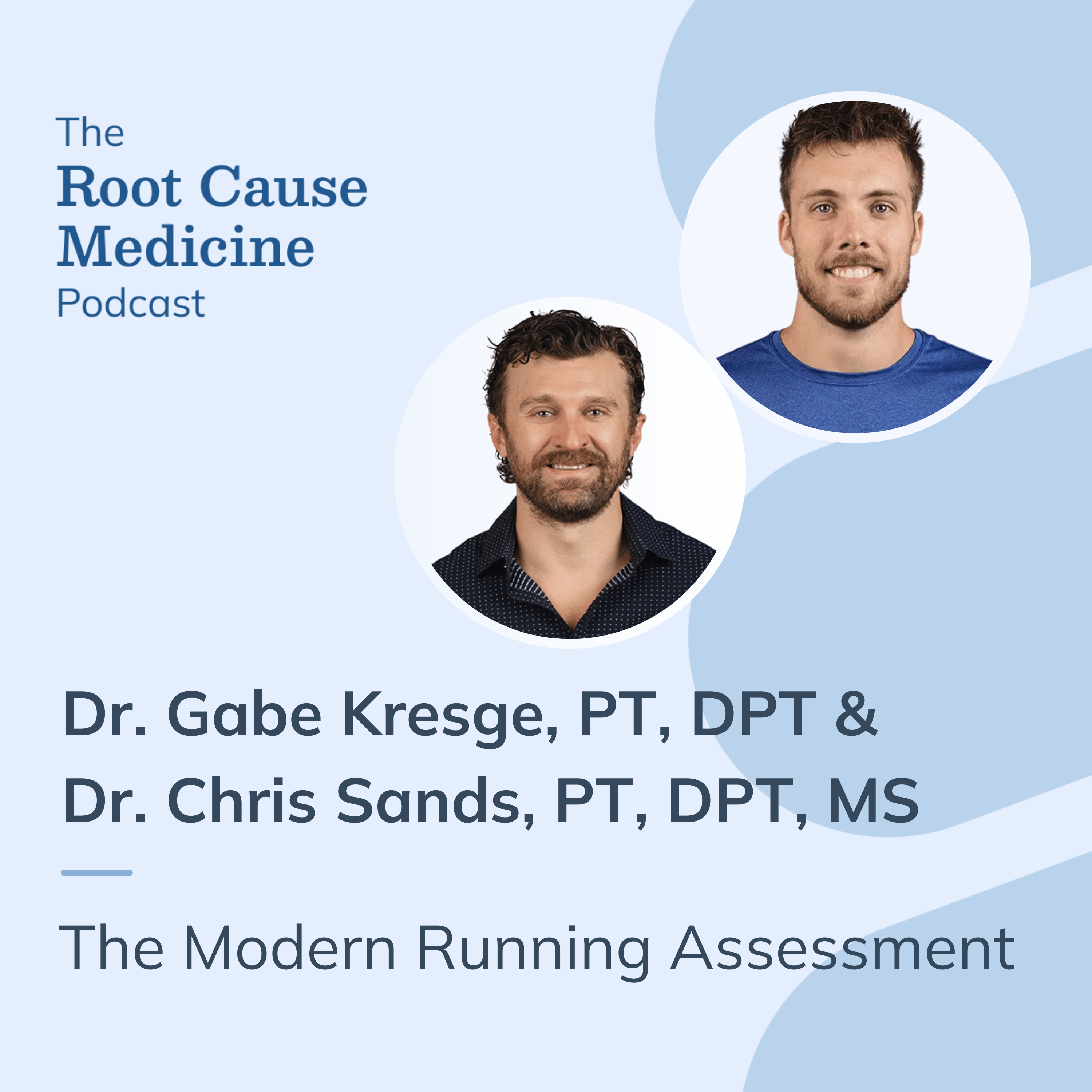
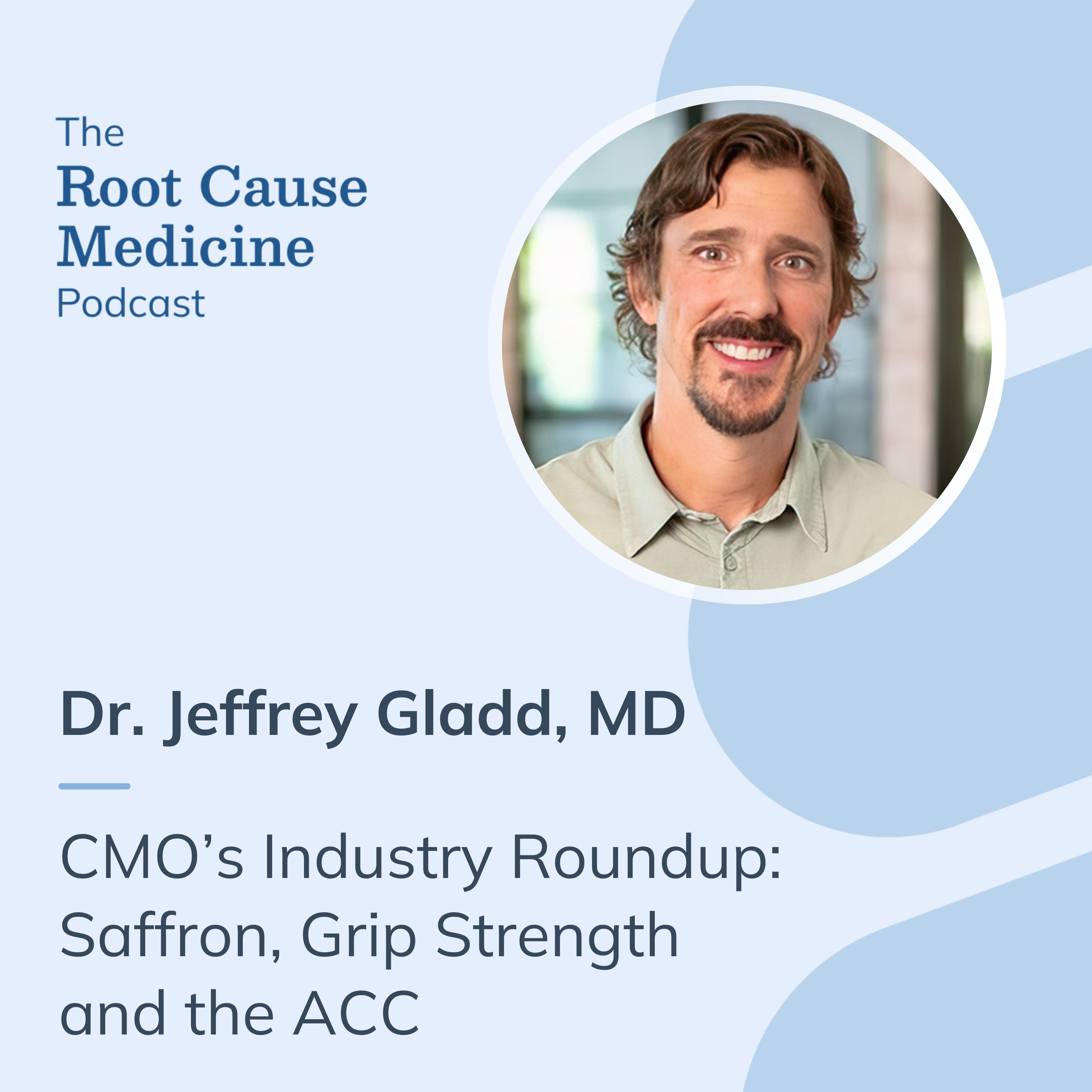
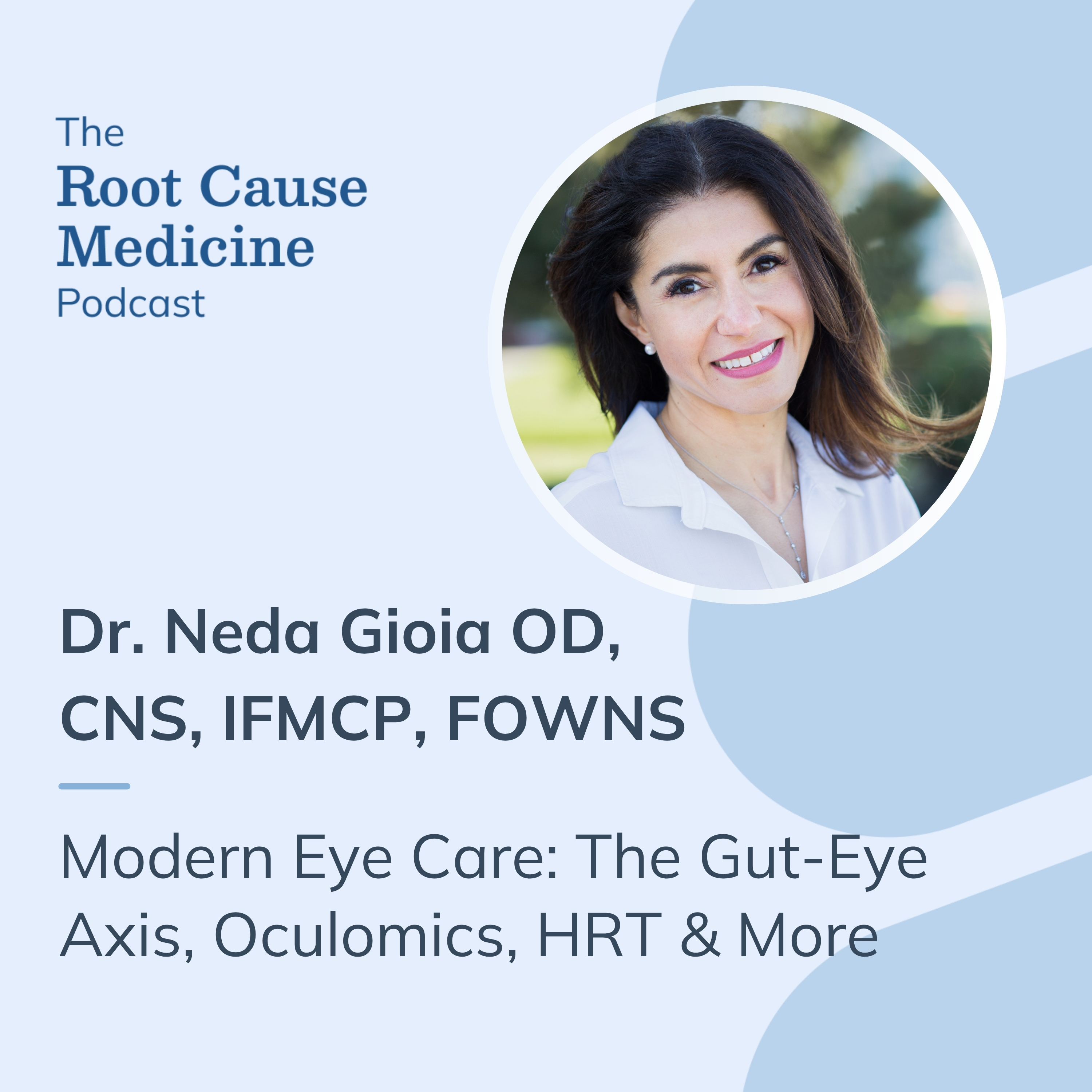


%201.svg)





